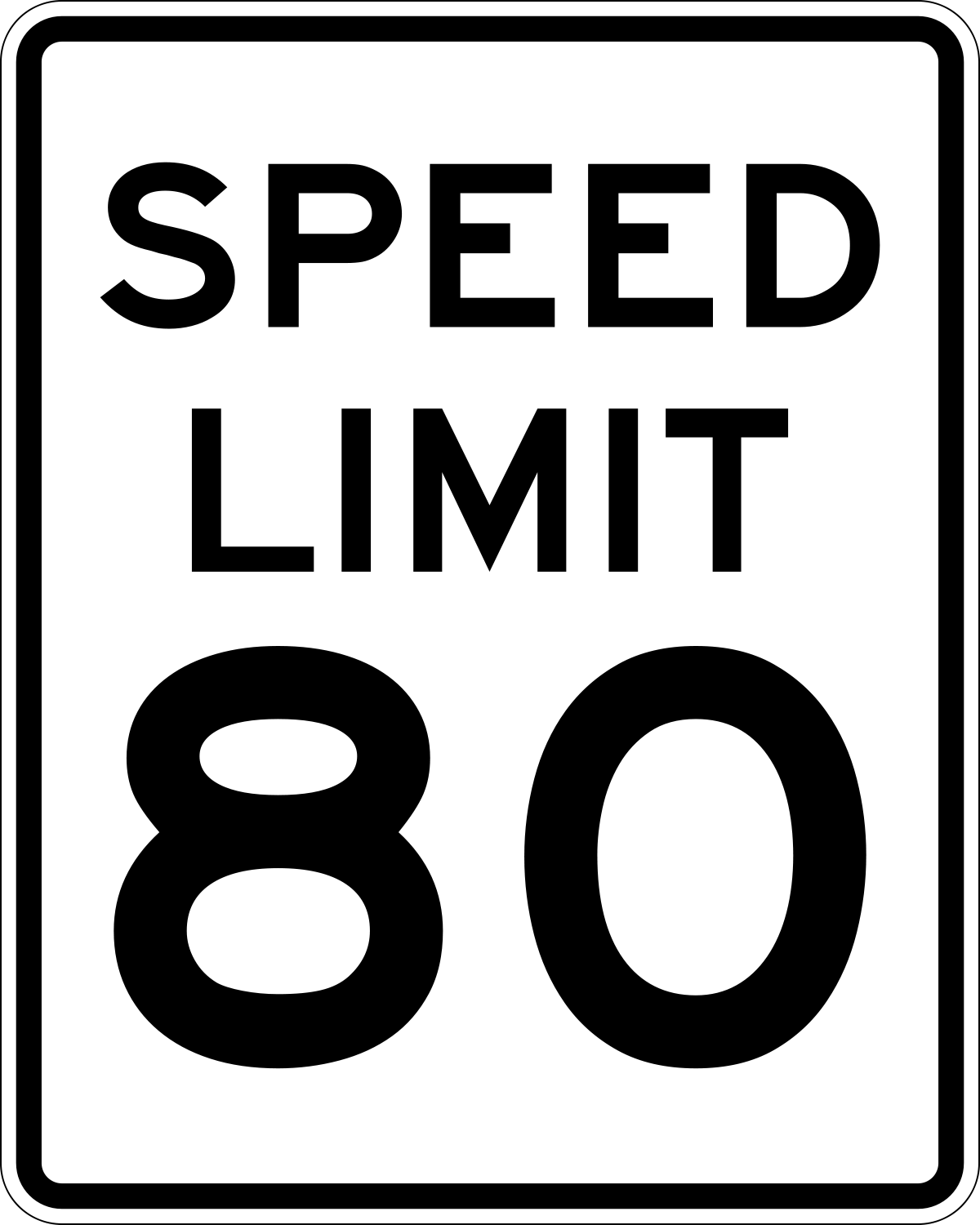A 125 kmph car approaches a 35 Ghz radar, What is the lower beat frequency?
This problem's question: What is the lower beat frequency in a 35Ghz radar gun detecting a 125kmph car coming directly at the radar gun?
To simplify the effort, relativistic effects are ignored, the speed of light is assumed to be 0.3GmHz exactly (those are proper metric units). The formula in the Doppler effect section of the Wikipedia page on radar guns was used for the solution of this problem.
The returning signal is mixed with a sample of the transmitted signal and the sum and difference frequencies are generated in the mixer. These frequencies are known as beat frequencies.
The answer has been rounded to the nearest positive integer and entered as a real number.

Above is an American speed limit sign, the unit is US miles per hour. Before someone starts complaining that that is not a legal speed, it is in most of the rural part of the Great Plains of the USA, particularly on the Interstates (known to the rest of the world as "limited access dual carriageways." I understand that that speed is advised on much of the German Autobahns and permitted on other major European limited access major dual carriageways.
The answer is 4051.0.
This section requires Javascript.
You are seeing this because something didn't load right. We suggest you, (a) try
refreshing the page, (b) enabling javascript if it is disabled on your browser and,
finally, (c)
loading the
non-javascript version of this page
. We're sorry about the hassle.
Solve [ 1 2 5 . km / h = 3 5 . GHz Δ ( 0 . 3 Gm Hz ) , Δ ] ≈ { { Δ → 4 0 5 0 . 9 3 Hz } }